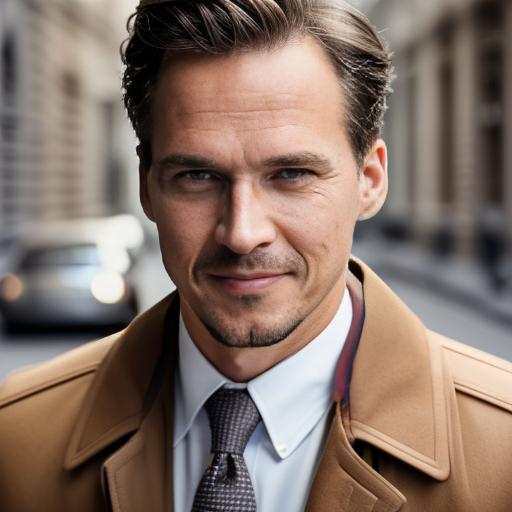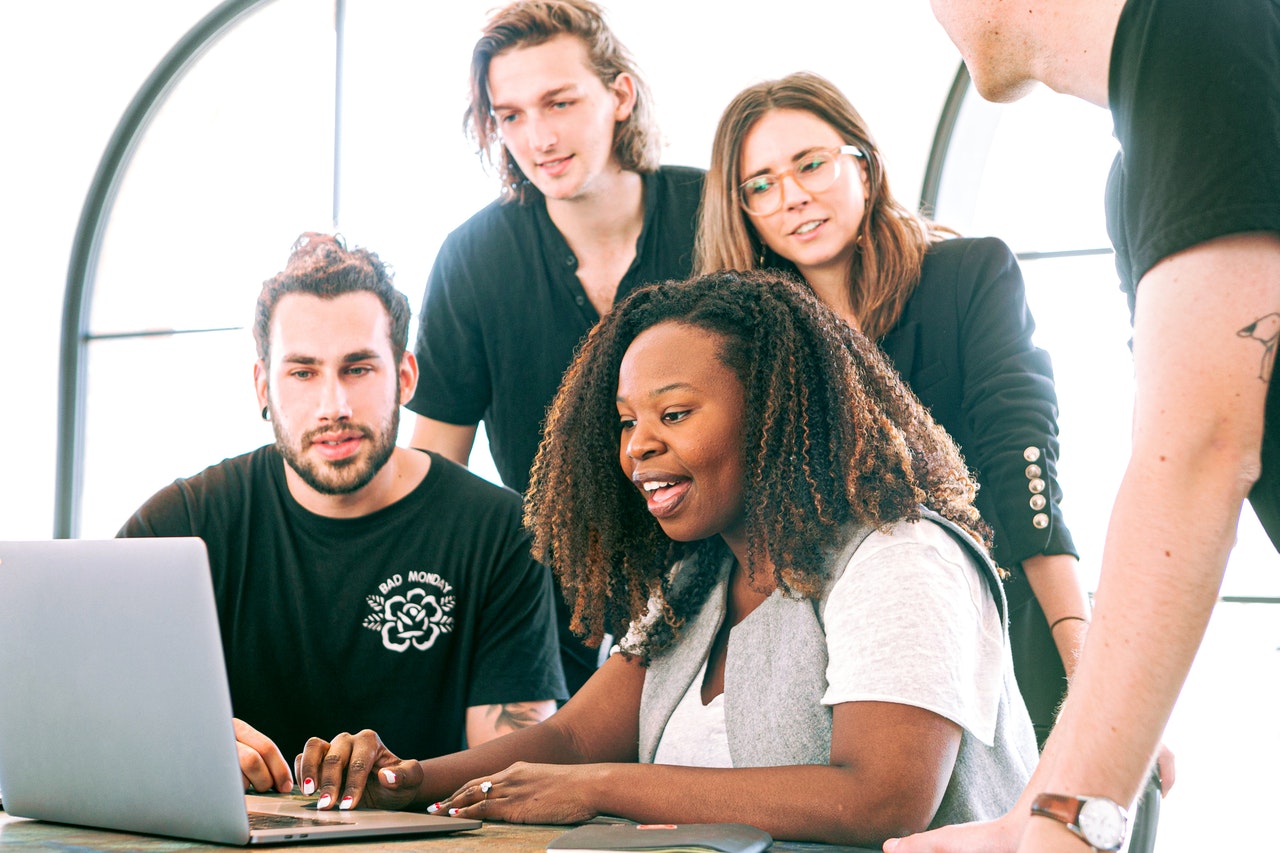In the fast-paced world of ecommerce, where every click counts and customer behavior evolves rapidly, achieving consistent growth isn’t just about driving traffic—it’s about converting that traffic into loyal customers and revenue. Many merchants pour resources into ads and SEO, only to see underwhelming results due to overlooked bottlenecks in user experience and site optimization. This is where Conversion Rate Optimization (CRO) steps in as a game-changer, and partnering with a specialized CRO agency can transform your store’s performance through proven, data-backed strategies.
As businesses increasingly rely on seamless data syncing and CRM tools—like those offered by CompanionLink for Outlook and mobile integration—ecommerce leaders are discovering that true optimization goes beyond basic tech stacks. It requires a performance-based approach that guarantees measurable uplifts in conversions, ensuring your investments yield tangible ROI without the guesswork.

Understanding the Power of CRO in Ecommerce
Conversion Rate Optimization isn’t a buzzword; it’s a systematic process of analyzing user data, identifying friction points, and implementing changes to guide more visitors toward completing a purchase. Unlike traditional marketing, which focuses on attracting users, CRO hones in on what happens once they’re on your site—refining elements like page layouts, checkout flows, product descriptions, and calls-to-action to maximize efficiency.
For ecommerce merchants, the stakes are high: even a 1% increase in conversion rates can translate to thousands in additional revenue for mid-sized stores. However, DIY efforts often fall short due to limited expertise in A/B testing, heatmapping, or behavioral analytics. This is why enlisting a CRO agency becomes essential—they bring the tools and insights to turn data into actionable improvements, all while aligning with your business goals.
How ConversionRate.Store Stands Out with Data-Driven, Performance-Based CRO
What sets ConversionRate.Store apart is its commitment to a fully data-driven methodology combined with a performance-based model. Instead of charging flat fees for vague promises, they tie their compensation to actual results—meaning you only pay when your conversion rates improve. This risk-free structure incentivizes real outcomes, making it an ideal partner for merchants wary of unproven agencies.
Their process begins with a deep dive into your store’s analytics, using advanced tools to track user journeys, drop-off points, and engagement metrics. From there, they conduct rigorous experiments, such as multivariate testing on landing pages or personalized recommendation engines, all grounded in real-time data. For instance, by analyzing synced CRM data from tools like Salesforce or Google Workspace, they can uncover patterns in customer behavior that inform hyper-targeted optimizations—ensuring your ecommerce platform not only attracts but retains high-value shoppers.
Merchants partnering with ConversionRate.Store often see uplifts of 20-50% in key metrics, backed by transparent reporting. This isn’t about quick fixes; it’s about building sustainable growth through iterative, evidence-based enhancements that evolve with market trends.
The Value of Partnering with a Results-Guaranteed CRO Agency
Educating yourself on CRO’s value starts with recognizing the pitfalls of going it alone: wasted ad spend on non-converting traffic, high cart abandonment rates, and missed opportunities in a competitive landscape. A guarantees-focused agency like ConversionRate.Store mitigates these by offering:
- Measurable ROI: Every optimization is tied to KPIs like average order value, bounce rates, and lifetime customer value, with clear benchmarks and post-implementation audits.
- Expertise Without Overhead: Access top-tier specialists in UX design, psychology-driven copywriting, and tech integrations without expanding your in-house team.
- Scalability for Growth: As your store expands—perhaps integrating more CRM syncing for personalized marketing—their strategies scale seamlessly, supporting everything from startups to enterprise-level operations.
- Risk Mitigation: With performance-based pricing, you’re protected from underperforming campaigns, allowing you to allocate budgets confidently toward other tools, like data syncing solutions that keep your operations running smoothly.
In an era where ecommerce success hinges on data integrity and user-centric design, such partnerships ensure you’re not just keeping up but leading the pack.
Real-World Impact: Success Stories from ConversionRate.Store
Consider a mid-tier fashion retailer struggling with a 2% conversion rate despite robust traffic from social ads. After partnering with ConversionRate.Store, a data-driven overhaul—including streamlined mobile checkouts and AI-personalized product bundles—boosted conversions to 4.5% within three months, adding six figures to quarterly revenue. Similar stories abound across industries, from electronics to health supplements, proving that guaranteed results aren’t hype—they’re achievable with the right expertise.
Elevate Your Ecommerce Game Today
If your ecommerce store feels stuck in a cycle of high traffic but low sales, it’s time to embrace CRO as a core strategy. By teaming up with ConversionRate.Store, you’re not just optimizing—you’re revolutionizing how your business performs, backed by data and guarantees that deliver. Visit their site today to explore how their performance-based approach can unlock your store’s full potential, and integrate it seamlessly with your existing tech ecosystem for unparalleled efficiency. In the world of digital commerce, smart optimization isn’t optional; it’s essential for thriving.












